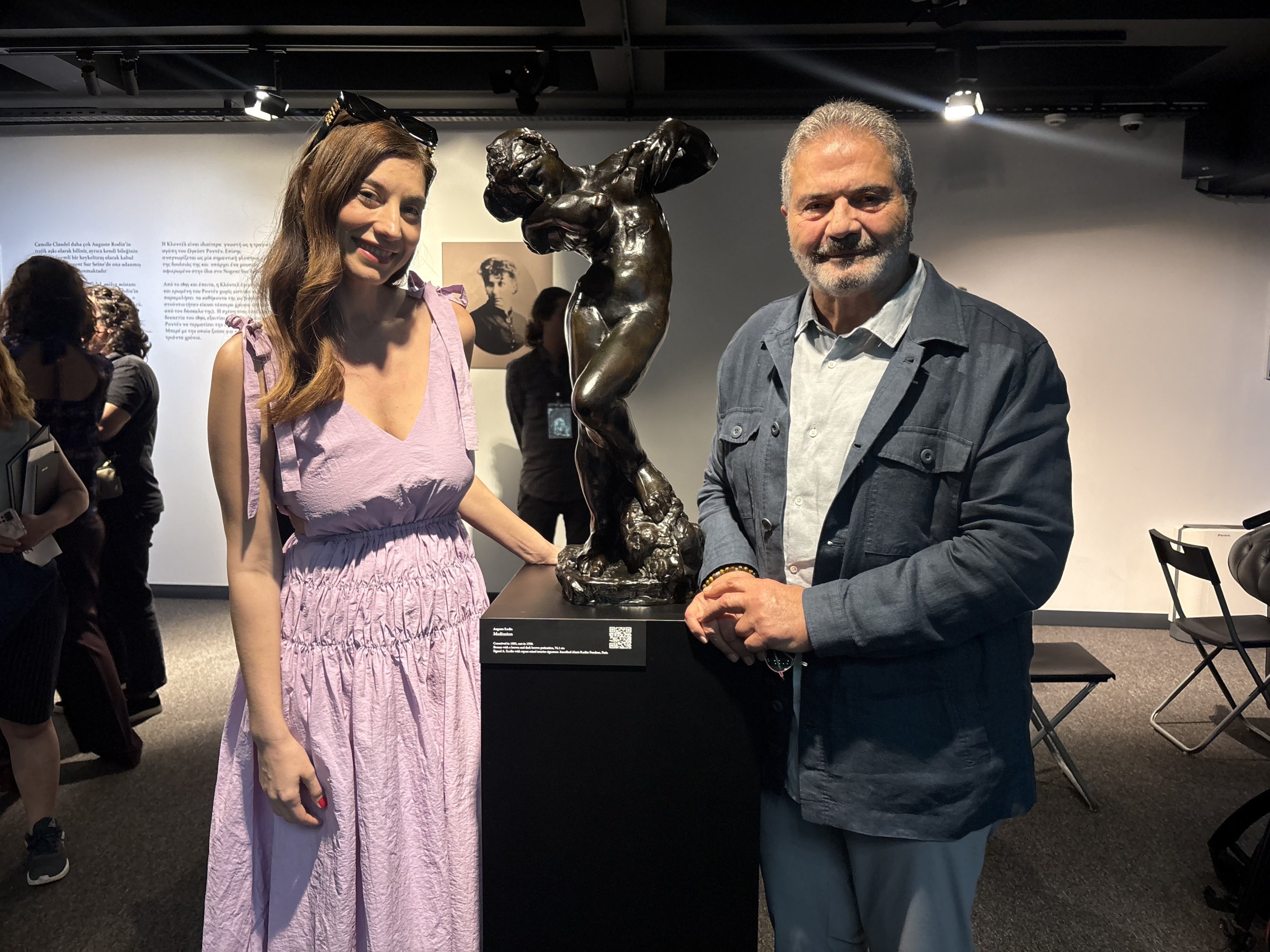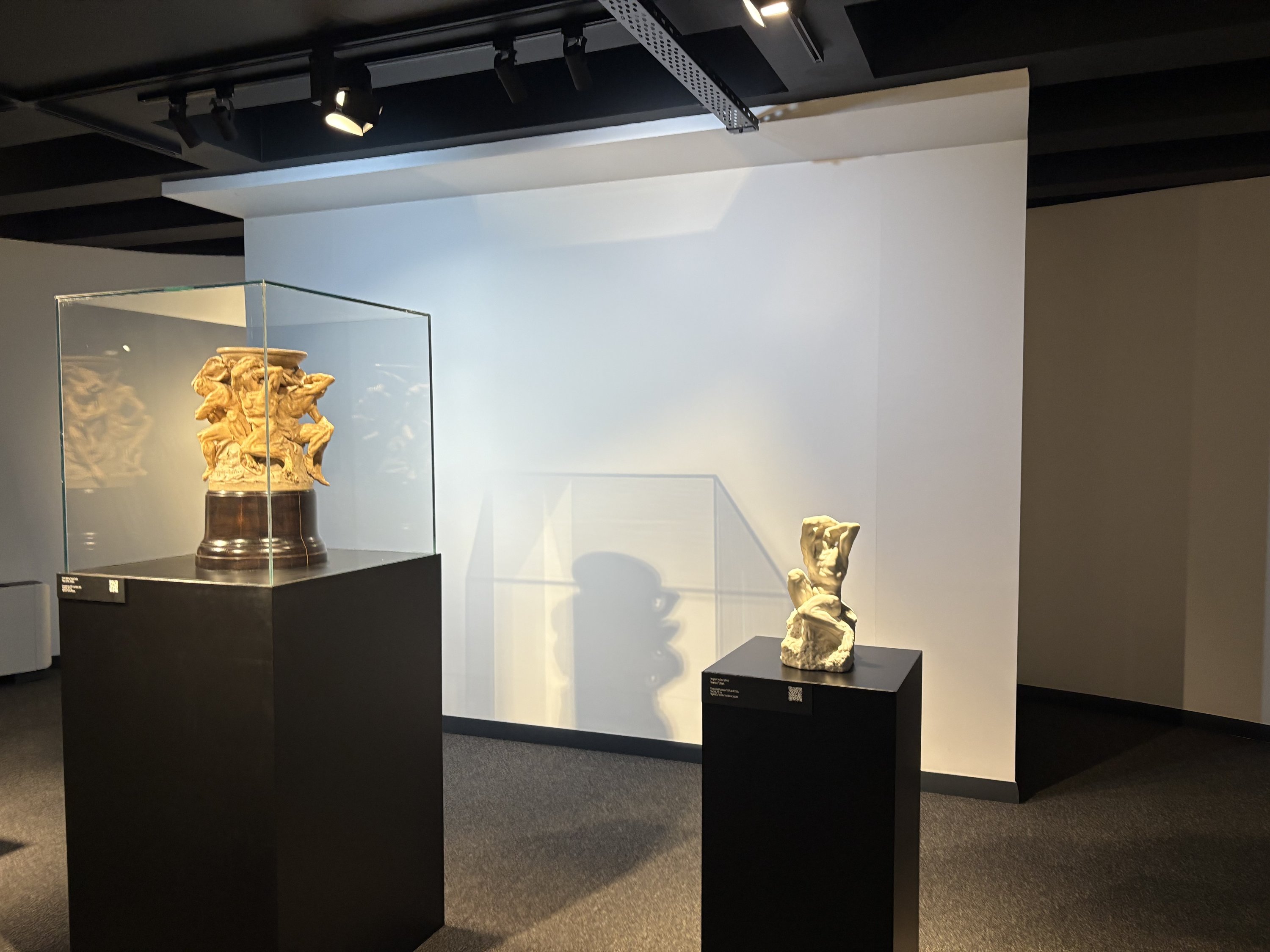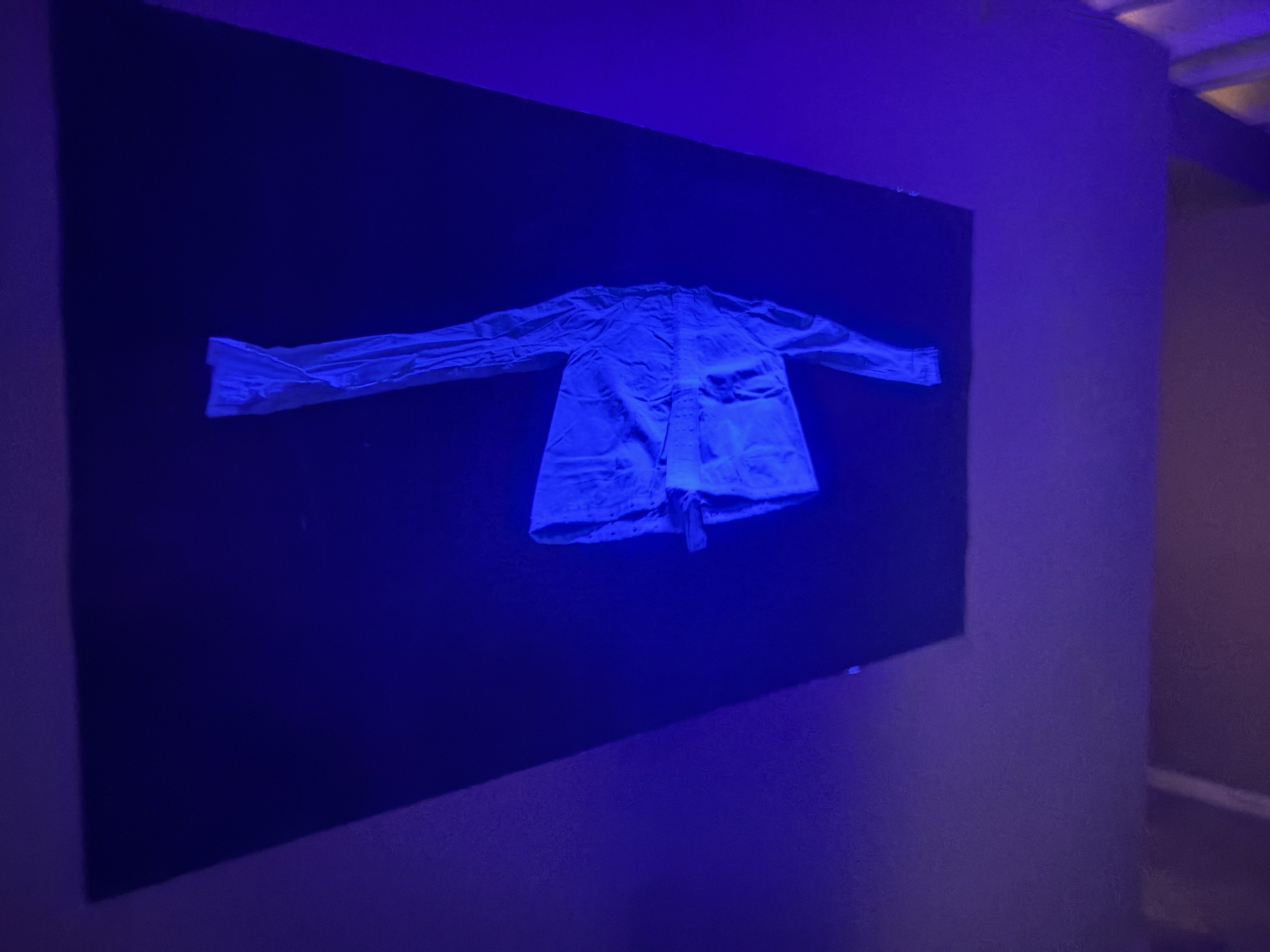© Turkuvaz Haberleşme ve Yayıncılık 2025
Girne (Kyrenia), a coastal city in Northern Cyprus, is now home to the Eastern Mediterranean’s most extensive known collection of works by Auguste Rodin. Housed in The Arkın Rodin Collection Gallery, the collection features 30 authenticated sculptures by the pioneering French artist and represents a significant cultural contribution to the region. The works were carefully assembled over several decades by Erbil Arkın, a Turkish Cypriot businessman and founder of the Arkın University of Creative Arts and Design (ARUCAD), whose commitment to art and education has played a pivotal role in bringing world-class sculpture to an unexpected corner of the Mediterranean.

Why not experience art in Cyprus? A question that, until recently, might have felt like a whimsical detour rather than a serious proposition. Yet as the global art world continues to decentralize, expanding beyond its predictable capitals, the idea of engaging with sculpture, history and creative vision on this Mediterranean island no longer feels improbable. It feels inevitable. In Girne, amid limestone facades and coastal serenity, an extraordinary Rodin collection quietly challenges assumptions about where cultural gravitas can reside.
I never imagined I’d come to Cyprus to experience one of the most comprehensive Rodin collections in the Eastern Mediterranean. Art was never the first thing that came to mind when thinking of this island, let alone adding it to a serious cultural itinerary. Yet here I am, standing in awe at The Arkın Rodin Collection Gallery in Girne, utterly surprised and deeply moved.

I have read extensively about Auguste Rodin, the father of modern sculpture and his profound yet tragic relationship with Camille Claudel. During my visit, what captivated me most was the section of the gallery dedicated to Camille. A remarkable artist in her own right, Claudel spent the final 30 years of her life in a psychiatric institution, where she died in obscurity. Despite her immense talent and the significant body of work she produced both independently and in collaboration with Rodin, her story remains largely unknown to the wider public.
Surprisingly, I recently came across another soul deeply devoted to Rodin’s world: Erbil Arkın, the visionary Cypriot entrepreneur. As the collector behind this remarkable exhibition, Arkın has spent decades carefully assembling these masterpieces, driven not by trend but by a quiet, unwavering passion for Rodin’s legacy.
The gallery, housed inside The Clock Tower building, showcases 30 Rodin sculptures, among them "The Kiss," "Eternal Spring," and "Falling Man," all open to the public, free of charge, since 2021. Born into a Cypriot family but raised in London, Erbil Arkın spent his formative years in a city renowned for its cultural wealth. His passion for art ignited during his teenage years, culminating in a pivotal moment at age 16 when he first encountered Rodin’s "The Kiss" at the Tate Gallery. That moment, he says, wasn’t merely an aesthetic experience, but a life-defining one, the kind that carves a new path for the soul.

Rodin’s sculptures have influenced generations of artists, redefining the boundaries of form and emotion.
In addition, Rodin’s sculptures are not just forms in bronze or marble; they are raw, emotional translations of love, struggle, mythology and mortality. Rodin’s power lies in carving the human soul into matter. To witness such intensity here, in a town more often associated with sea breezes and summer getaways, is nothing short of extraordinary.
If you're mapping out an art itinerary in Cyprus, make room for one more must-see exhibition. Anber Onar’s solo show “in case...”, currently on view at Art Rooms Gallery in Nicosia, presents a striking body of new work across various media – from sculpture and installation to video, photography, and collage. Curated by Oya Silbery and organized in collaboration with ARUCAD, the exhibition explores themes such as migration, war, identity, memory and power dynamics through a deeply personal yet politically resonant lens. Due to popular demand, the show has been extended until June 13 and is open daily (except Sundays) from 1:30 p.m. to 8:30 p.m.

Onar’s distinctive artistic language bridges the personal, political, local, and global. Her “bound-folds,” carefully tied and folded textile forms, anchor the exhibition, transforming once-intimate materials into metaphor-laden objects that speak to issues of displacement, recognition, and erasure. With a poetic yet critical approach, “in case...” invites viewers into a quiet space of contemplation while urging them to confront the realities shaping our world today.
